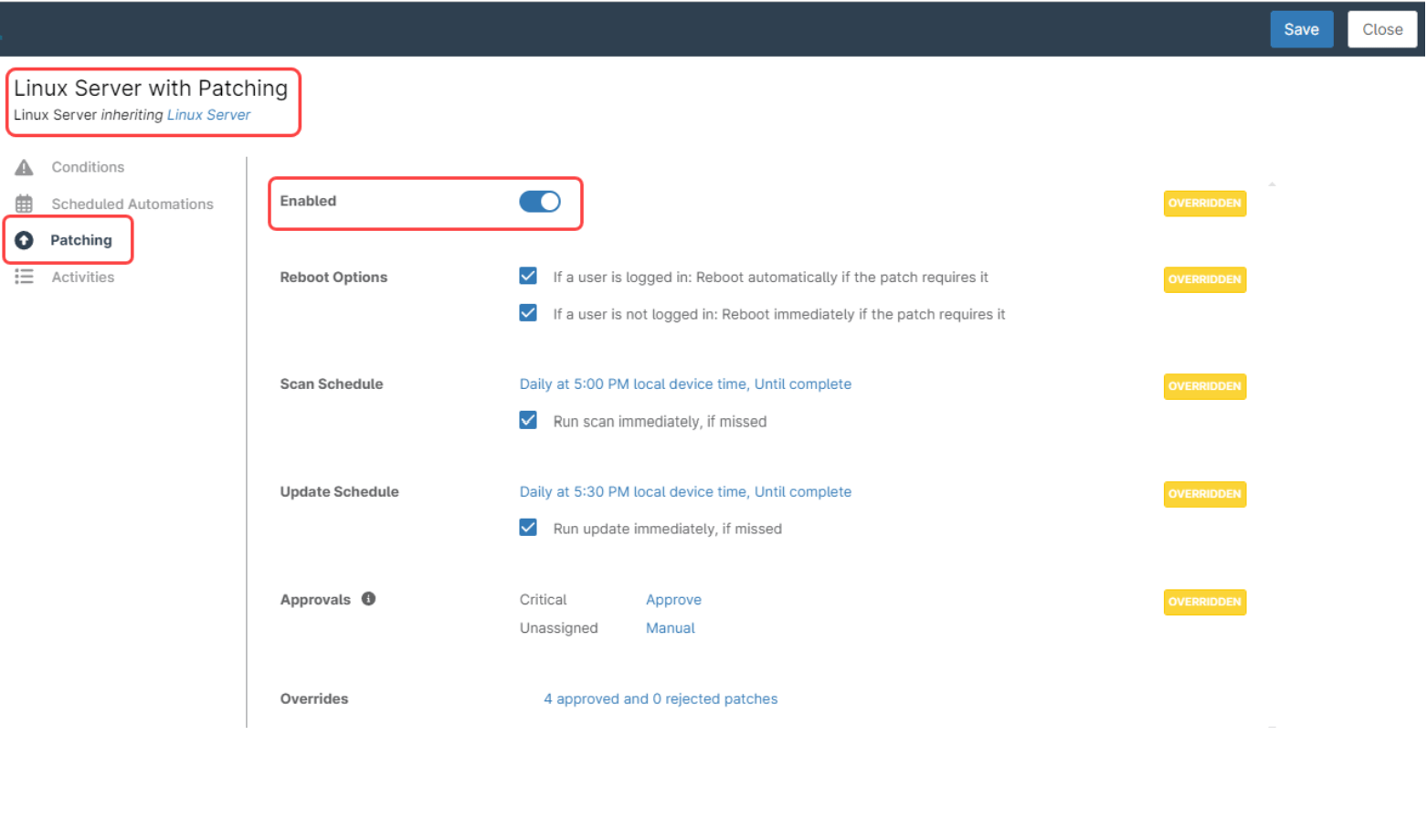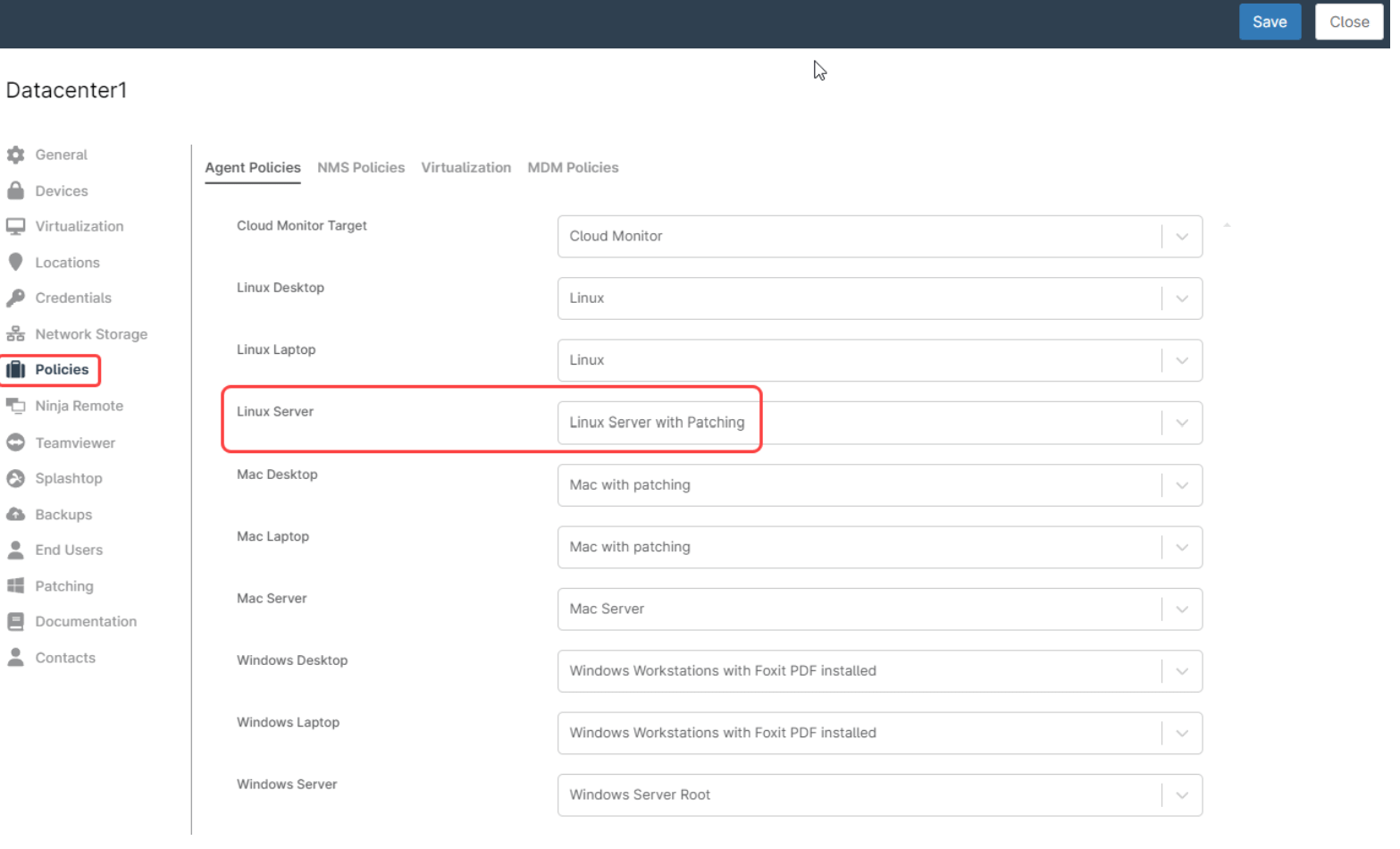Patching a Linux server is a crucial task for maintaining system security and stability. Regular updates ensure that the server is protected against known vulnerabilities, which can be exploited by attackers to gain unauthorized access or disrupt services. Most cyberattacks exploit known vulnerabilities and patching addresses this issue. By applying patches, administrators can fix bugs and improve the overall performance of the system. Additionally, updates often include enhancements and new features that can optimize server operations and user experience.
Neglecting to patch a Linux server can leave it exposed to malware, ransomware, and other cyber threats. Also, keeping the server updated helps comply with industry standards and regulations, which often mandate regular maintenance and security measures. Overall, timely patching is an essential practice to ensure the reliability, efficiency, and security of a Linux server.
How to Patch a Linux Server?
Patching a Linux server is relatively simple: just issue one command to get the available updates and then another command to install them. The commands vary depending on the Linux distribution you are using, here are some examples:
To Update The Package Lists:
For Debian-based systems (Ubuntu, Mint etc.) use: sudo apt-get update
For RedHat-based systems (CentOS, Fedora etc.) use: sudo yum update
For SUSE-based systems (OpenSUSE etc.) use: sudo zypper refresh
To Install Updates:
For Debian-based systems, use: sudo apt-get upgrade
For RedHat-based systems, use: sudo yum upgrade
For SUSE-based systems, use: sudo zypper patch
This manual process works well when you manage a few servers, but as the number increases, this process becomes more complicated, and a different approach is necessary to ensure that updates are applied in a timely manner. Automating the patching process using an RMM software like NinjaOne is a good solution.
How to Automate Linux Server Patching in NinjaOne?
Automating Linux patch deployment in NinjaOne can be achieved by using policies. You can configure NinjaOne to automatically deploy OS patches on Linux endpoints. There are two steps to configure automated patch deployment in NinjaOne:
- Enable patching at the policy level.
- Go to Administration, then Policies, then Agent Policies.
- Choose the policy you want to add OS patching, if you don´t want to modify your default policy, create a new one inherited from the default one you chose. For this example, we will create a new one called “Linux Server with Patching,” inherited from Linux Server.
- Click on the Patching tab on the left, then move the enabled switch to the right to enable patching for this policy.
- Fill out the remaining fields according to your preferences, here you have granular control of the scan window, update window, reboot options and approvals. Pay special attention to the Approvals fields, remember that testing and approving patches is an IT administrator reserved task.
- Once you´re done filling out all the fields, click Save and close. You may be asked to enter your MFA method response.

2. Make sure your devices are attached to the correct policy in the Organization dashboard.
-
- Go to the Organization dashboard, select your organization, then click Edit at the right of the screen.
-
- Select the Policies tab at the left of the screen.
-
- At the right of the screen appear all the Agent policies for your organization devices. Make sure your devices are attached to the policy you enabled patching to. Once done, save and close.

Note: NinjaOne uses and manages the endpoint update engine through the NinjaOne agent, so the endpoint itself scans and installs patches based on the settings in the policy. The policy ensures consistent settings across all devices attached to it.
What Are The Advantages of Automating The Linux Patching Process With NinjaOne?
Automating the Linux server patching process using NinjaOne has the following benefits:
- Consistency: NinjaOne ensures patches are applied uniformly across all servers, reducing the risk of human error and inconsistencies that can occur with manual patching.
- Efficiency: Automation saves time and resources by streamlining the patching process. System administrators can focus on other critical tasks, knowing that patches are being applied automatically and systematically.
- Timeliness: Automated systems can quickly deploy patches as soon as they become available, minimizing the window of vulnerability. This rapid response is crucial for addressing security threats and maintaining system integrity.
- Scalability: Managing patches across many servers can be challenging. NinjaOne can handle patch deployment across multiple systems simultaneously, ensuring that all servers are up to date.
- Compliance: Automated patching helps in maintaining compliance with industry standards and regulatory requirements, which often mandate timely and consistent updates.
- Monitoring and Reporting: NinjaOne provides detailed monitoring and reporting features, allowing administrators to track the status of patch deployments, identify any issues, and ensure all systems are properly patched.
- Reduced Downtime: Automation can schedule patches to be applied during low-usage periods, minimizing the impact on server availability, and reducing downtime.
- Security: By ensuring that patches are applied promptly and systematically, NinjaOne enhances overall security, protecting the server from known vulnerabilities and potential cyberattacks.
